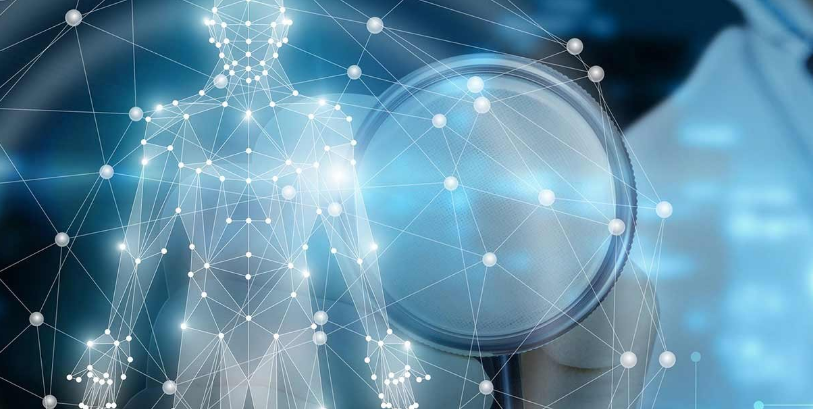As artificial intelligence (AI) increasingly finds its way into critical systems—such as healthcare, aviation, energy grids, and autonomous vehicles—the stakes for safety and reliability have never been higher.
Failures in these systems can lead to catastrophic consequences, making it essential to engineer AI with rigorous standards for performance, transparency, and resilience.
Let’s dive into the key engineering approaches ensuring AI is safe, reliable, and trustworthy in mission-critical environments.
1. Redundancy and Fail-Safe Mechanisms
In critical systems, engineers design AI with built-in redundancy—multiple independent components that can take over if one fails.
Fail-safe mechanisms are programmed to automatically shift the system into a safe state if anomalies are detected.
Key Benefits:
- Minimized single points of failure
- Increased system uptime and safety
- Predictable behavior during unexpected events
Example:
In aviation, autopilot systems are designed with multiple independent sensors and processors to ensure safe flight operations even if part of the system fails.
2. Formal Verification and Validation
Formal methods involve mathematically proving that AI systems behave as intended under all possible conditions.
Rigorous verification and validation (V&V) processes test and certify AI models against a comprehensive set of requirements before deployment.
Key Benefits:
- Greater confidence in AI behavior
- Early detection of vulnerabilities and flaws
- Regulatory compliance (especially in healthcare and aerospace)
Example:
Self-driving car software must undergo extensive simulation and real-world validation—covering billions of miles of test scenarios—before reaching public roads.
3. Explainability and Transparency (XAI)
AI must be explainable—especially in high-stakes environments. Engineers integrate tools and frameworks that make it possible to understand why an AI made a particular decision, rather than treating it as a “black box.”
Key Benefits:
- Increased user trust and acceptance
- Easier auditing and debugging
- Better compliance with emerging AI regulations (e.g., EU AI Act)
Example:
AI used in medical diagnostics must provide transparent reasoning to doctors, ensuring that clinical decisions can be justified and reviewed.
4. Continuous Monitoring and Self-Checking Systems
AI in critical systems is never truly “finished” after deployment.
Continuous monitoring ensures real-time anomaly detection, performance tracking, and automated corrective actions.
Key Benefits:
- Immediate identification of issues
- Adaptive responses to changing environments
- Proactive maintenance, reducing downtime
Example:
Industrial control systems in power plants use real-time monitoring AI to detect signs of equipment degradation or cybersecurity threats.
5. Human-in-the-Loop (HITL) Systems
For many critical applications, the final decision still needs to involve a human.
Human-in-the-loop (HITL) systems allow AI to assist and inform human operators rather than acting autonomously in high-risk situations.
Key Benefits:
- Human oversight for critical decisions
- Collaborative human-AI decision making
- Improved accountability
Example:
Military drones often rely on AI for surveillance and navigation, but human operators are required to authorize any offensive action.
6. Robustness Against Adversarial Attacks
AI systems must be engineered to resist adversarial attacks, where tiny input manipulations can trick models into making dangerous mistakes.
Key Benefits:
- Increased resilience to manipulation
- Protection against cybersecurity threats
- Safer operation in unpredictable environments
Example:
Autonomous vehicles are trained to withstand adversarial road signs or altered environmental cues without misinterpreting them.
7. Ethical Risk Assessment and Governance
Before deploying AI in critical sectors, a thorough ethical risk assessment must be conducted.
Ethical AI frameworks guide engineers to anticipate unintended consequences, bias, discrimination, and societal impacts.
Key Benefits:
- Fair and equitable AI systems
- Mitigated societal and reputational risks
- Stronger compliance with international AI ethics guidelines
Example:
AI systems used in healthcare diagnostics are routinely evaluated to ensure they do not favor or disadvantage particular demographic groups.
Final Thoughts
Engineering AI for safety and reliability in critical systems demands a proactive, rigorous, and ethically sound approach.
From redundancy and explainability to continuous monitoring and human oversight, these engineering practices are vital for protecting lives, infrastructure, and public trust.
As AI continues to take on greater responsibility, the future belongs to those who build systems that are not just smart—but resilient, ethical, and safe by design.
Would you also like a condensed checklist or framework version for quick reference or team workshops?
Also Read :
